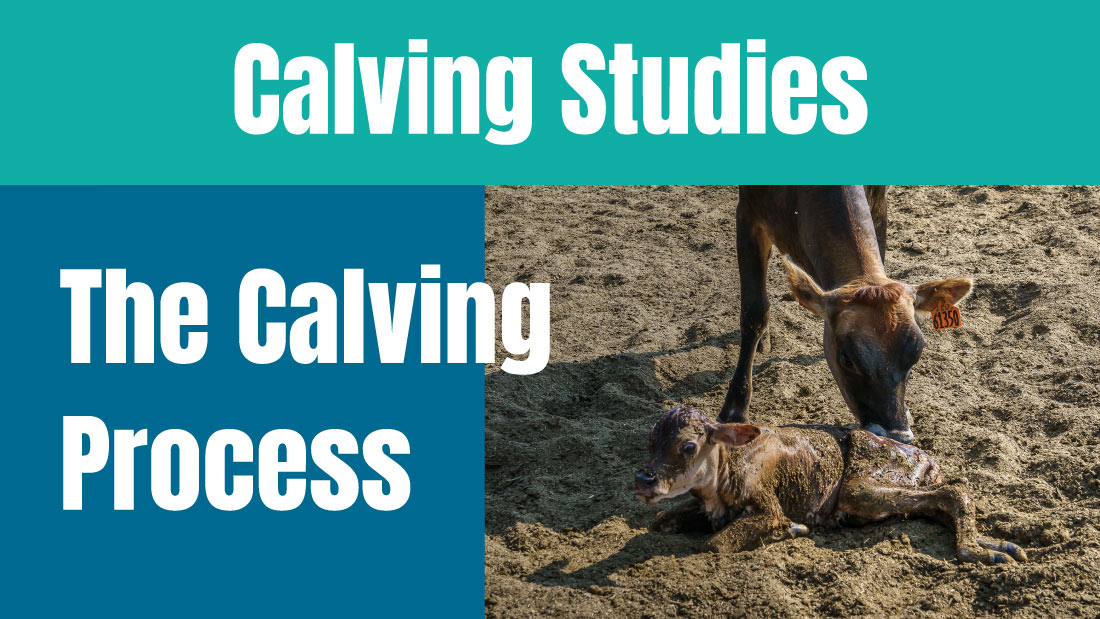One of the most stressful and consequential moments in life is when something is born. In the human species, it is an experience that is never forgotten… just ask a mother.
Compared to humans, the way we experience birth in the bovine species—is almost archaic. Most farms use visual observations to see how the cow is doing. This starts with a move to a maternity area and subsequent spot checks. The challenge is that even though this helps to visually observe what is going on… it can be obtrusive, and slow—or even stop labor.
In the cattle industry, there are tools to help keep a less obtrusive watch on the maternity progression. There are a few systems that monitor the start of labor by placing a probe in the vagina—when it falls out it signals labor. There are also ear tag systems that monitor high or low activity around calving.
What is Missing?
The question is, how can we make this experience better?
- The system we are missing is the hands-off alerts to help you know when the animal is going to calve so you can move her to maternity.
- Then… something that actually tells you that the animal is in third stage labor and monitors the time it is taking.
- Finally… that system would indicate that the cow stood up afterward to indicate that the process is complete.
With that point captured we could then monitor the timing when colostrum is fed to the calf.
Building a Better System
In order to build a better system, there are a few questions to be aware of and address.
- How do I know when my cow is starting to calve?
Most people recognize the second stage of labor which is when the water bag is presented. They miss the first stage… which is when the cervix softens, and the pelvic ligaments relax.
At this point, the cow’s appetite decreases, and she will go off by herself and nest up. It’s important to note that uterine contractions start at the end of stage one.
- How long is my cow’s labor?
The first stage of labor can last two to six hours. The second stage of labor starts with the showing of the water bag and ends with the calf being delivered. If the presentation is normal, heifers will deliver within one hour and cows within 22 minutes.
- How do I know when my cow gets up after calving?
The only way to be certain that your cow gets up is to visibly see her standing. But why is standing important?
This is a very important time for the care of the calf and cow/calf bonding. The cow licking acts as a stimulant to the calf to help it get up and suck. Standing also helps her remove the placenta.
In addition, standing is a key measurement to ensure the cow doesn’t have milk fever.
In addition, understanding the relationship of temperature and activity occurring prior to calving would create more information that would be useful to create key indicators – or insights into the calving process.
In the next article on this subject, I’ll talk about the three stages of calving and the potential indicators that we could capture to bring our industry into a more enlightened age.
What have you done to answer the questions above?
This post is part 1 of a 2-part article on Calving.
To be notified immediately when the other articles are published, subscribe and choose immediate notifications.


